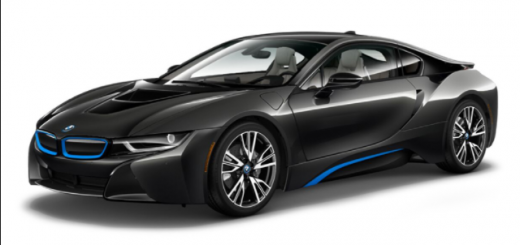What’s your next car? EV Industry Review
The electric car industry is fairly new. The technology required for practical and cost effective electric vehicles (EV) has only come about in the last decade or so. Also consumers are unsure when it comes to buying and driving EV’s. They are seen as an unknown and mystifying new technology, plagued by exotic and new problems traditional car owners need not worry about. But for those who are willing to embrace the silent EV, the payoffs are both fiscally and environmentally rewarding.
If you drive a Honda Fit EV, or have ever had the pleasure of doing so, one thing you will notice is its silence. Even when traveling at high speeds, EV’s are quiet. The reason behind the silence is because most of the parts that make noise are gone from the vehicle’s design. No need for a gas engine or exhaust system when you are cruising on electricity. In fact, the EV concept is relatively simple. The battery stores the energy, which powers things like headlights, AC, and the electric motor. The battery is often very large, taking up a majority of the car. Although battery technology improves with every passing year, battery capacity and charge time are the number one problems EV’s face. If the battery is too small the car will have too little a range. Inversely, if the battery is too large, the vehicle will take too long to charge and will have space issues. Take for instance the Nissan Leaf, which has a 25kW-h battery. It takes 8h to fully charge the Leaf from battery dead on a 220 volt outlet. On a 120 volt outlet, about 18. (Nissan Website) That’s a lot of charge time for a car with only about 73 miles of range per charge. (73 is an EPA number. 105 mi range for city driving, 47 mi range on highway.)
Although long charge time and relatively short range are definite turn offs, EV’s do have a couple incentives up their sleeves. The Fit EV gets 118 MPGe. But wait, EV’s don’t use gas, so how can this number even exist? The secret lies in the e. MPGe is the Environmental Protection Agency’s (EPA) system for rating efficiency of EV’s. It stands on the bases of one gallon of gas is about 115,000 BTU. Therefore, the energy in one gallon of gas will propel the Fit EV 118 miles. But energy isn’t the only thing saved; if you live where electricity is 11 cents per kWh – the national average- that filling up per se your Nissan Leaf will cost you only 2.89$. Of course you will have to fill it up more often, but still, 2.89$ is a bargain. Not to mention that if you live in a participating state (CA and most of the north east), buying an EV can cut your taxes for that year in excess of 8,000$.
For most, a first car is a Hand-me-down, and old noisy rattler that “Is on its last legs anyway.” But the EV market is still in its infancy. Someday many of those getting their licenses today will be shopping for cars. Hopefully by then, EV’s will be a viable alternative to regular gas powered cars.
All in all, EV’s are not for everyone. But if you ever live in an EV friendly community (San Francisco) don’t overlook the little car with the low range and the big savings.




